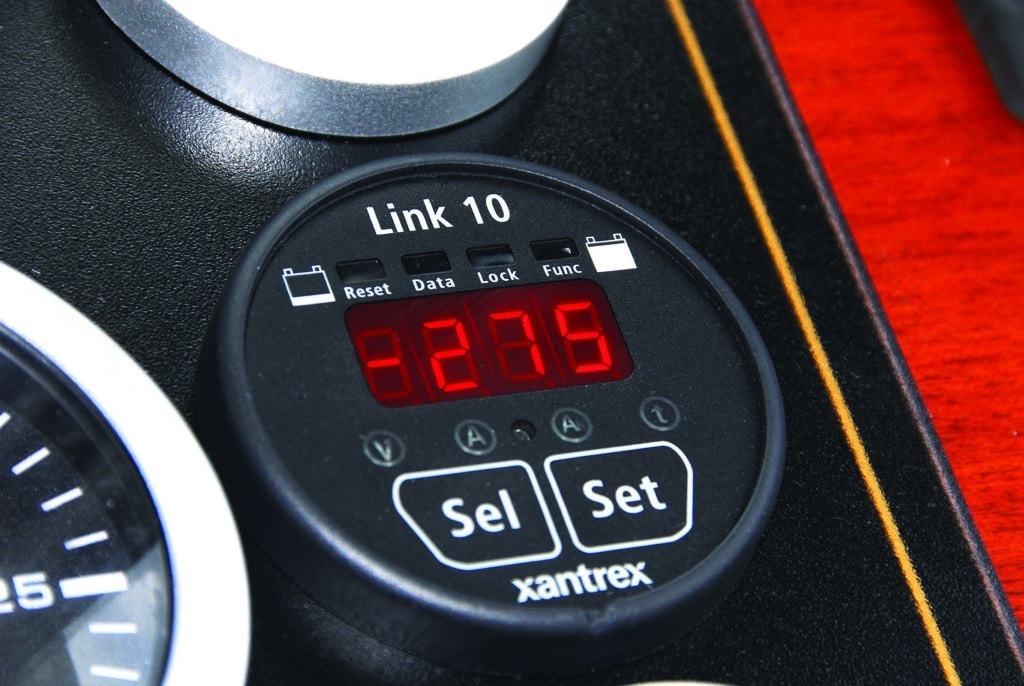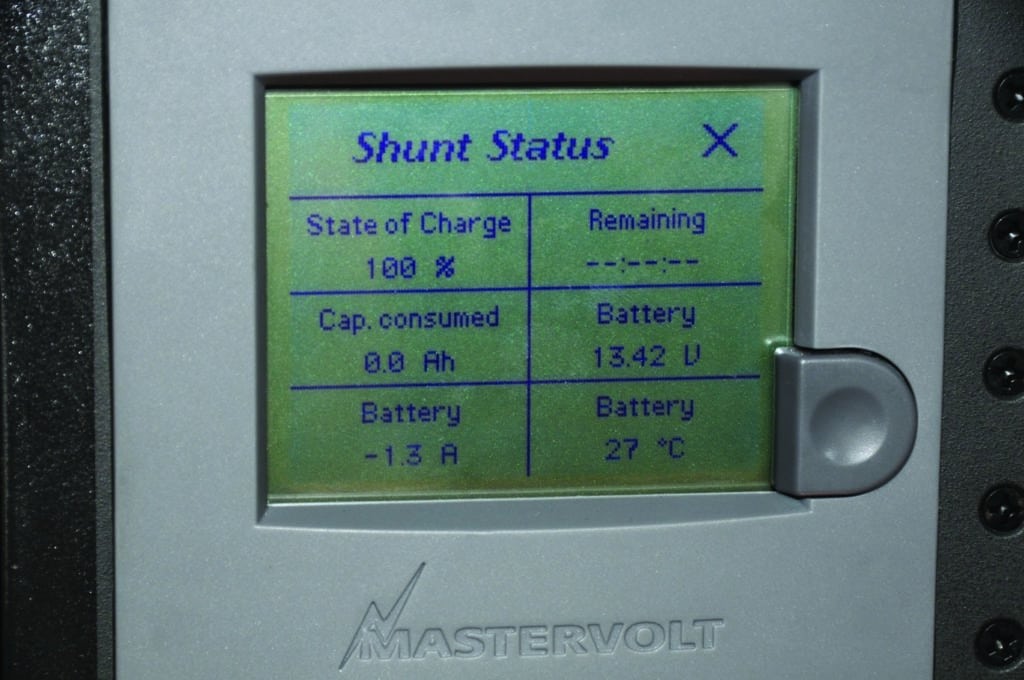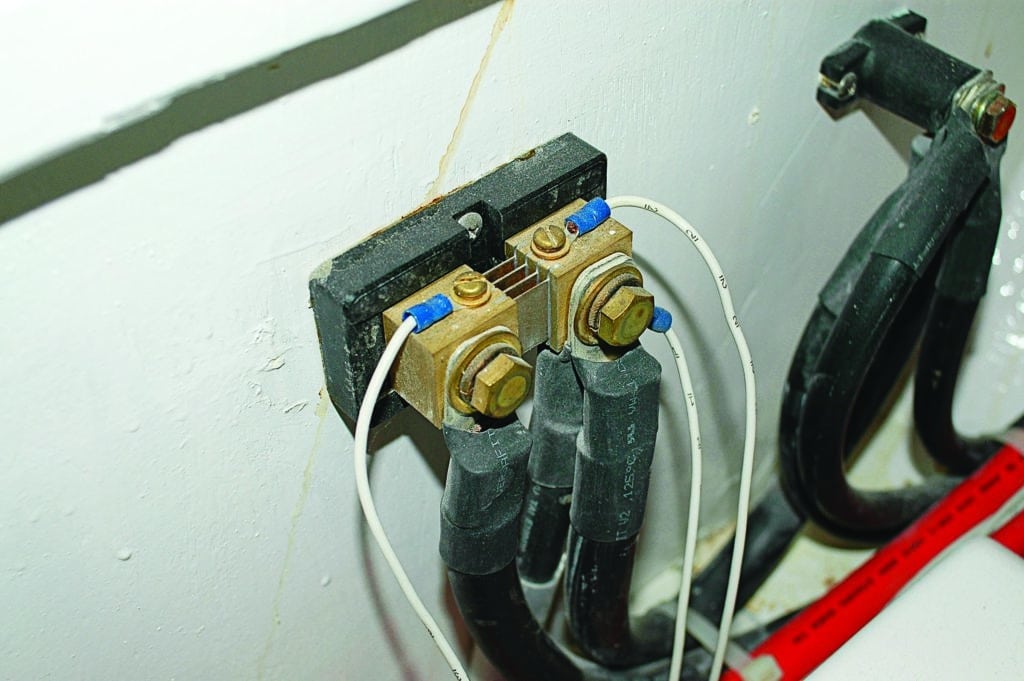Once upon a time, a voltmeter was all a sailor needed to know the condition of a single battery or a vessel’s entire battery bank. This, however, is no longer the case, particularly where house battery banks are concerned.
When it comes to house battery banks, boat owners need to understand what the bank’s state of charge, or SOC, means. With this knowledge, it’s simple to determine how long the batteries will operate before recharging is required, and also how to avoid discharging the batteries beyond the critical 50 percent capacity level. Ideally, conventional lead-acid, deep-cycle batteries (whether flooded, AGM or gel) should be cycled between 50 and 100 percent of their capacity, then recharged back as nearly as possible to 100 percent (this is considered one cycle). By adhering to this protocol over the life of the battery bank, you can maximize the number of amp-hours available from the bank, as well as its longevity.
It comes as a surprise to many that the difference between a fully charged and fully depleted 12-volt flooded lead-acid battery is a scant 0.6 volt. In other words, 12.6 volts represents a 100 percent charge, while a fully discharged and rested battery is 12.0 volts. In order to use voltage as a measure of a battery’s SOC, however, the battery must be rested — with no charge source and no loads — for at least eight hours, a condition that’s neither routine nor practical aboard any cruising vessel. Fortunately, there’s an alternative way to measure SOC that provides much more information than the humble voltmeter: Enter the amp-hour meter.
Using a shunt, a device that converts current flow into millivolts, an amp-hour meter is able to measure the total amount of current that flows into and out of a battery bank. Taken alone, that information is somewhat useful but incomplete (it’s similar to knowing your rate of fuel consumption, but not knowing how much fuel is in your tank or how much is needed to fill it up).
However, using a microprocessor, the ampere rate can be converted by the meter into amp-hours, the rough equivalent of gallons or liters of fuel. Once programmed for the battery bank’s size and type, the meter, using a formula known as Peukert’s Equation, can calculate the SOC at any rate of charge or discharge. In most cases this can be presented in either amp-hours or the percent of charge. So if your battery bank holds 600 amp-hours, for instance, and 300 of those are usable, you’d be notified that it was time to recharge the bank when the usage reached approximately 250 amp-hours. Then, you’d know the bank was again recharged when it reached approximately 600 amp-hours. All of this information can also be represented in percentage values. Nearly all amp-hour meters will also display DC amps as well as house battery bank voltage.
Because starting batteries, on the other hand, are not cycled, they require no such monitoring; a simple voltmeter is all that’s needed to determine their SOC. In a future column we’ll address the topic of battery cycling, and why it’s often impractical to recharge back to max amp-hours or 100 percent of capacity.
*This article first appeared in the May 2014 issue of Cruising World. Steve D’Antonio offers services for boat owners and buyers through Steve D’Antonio Marine Consultants.











